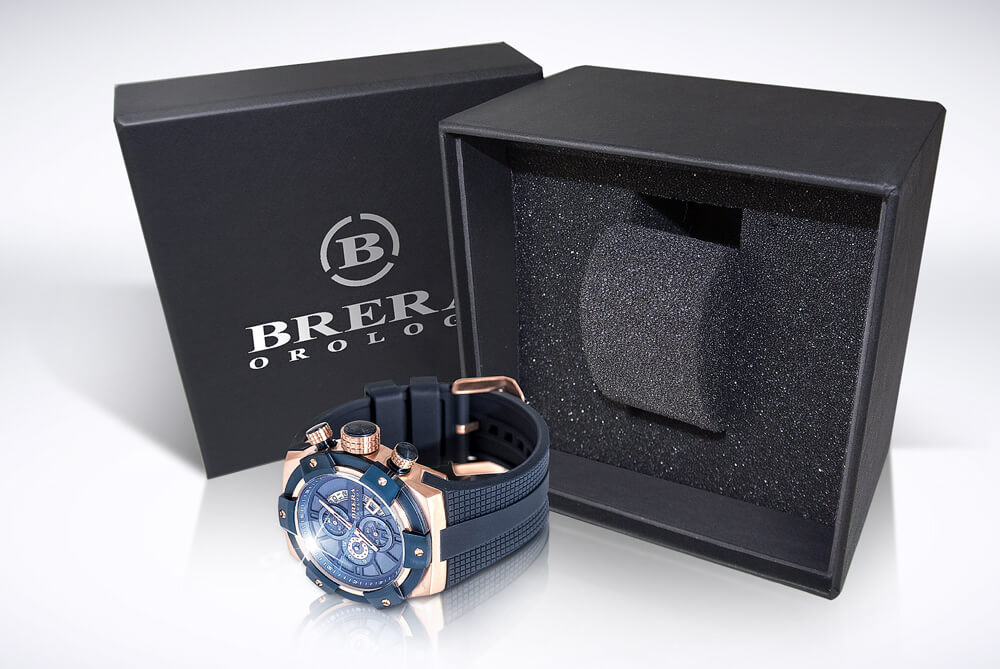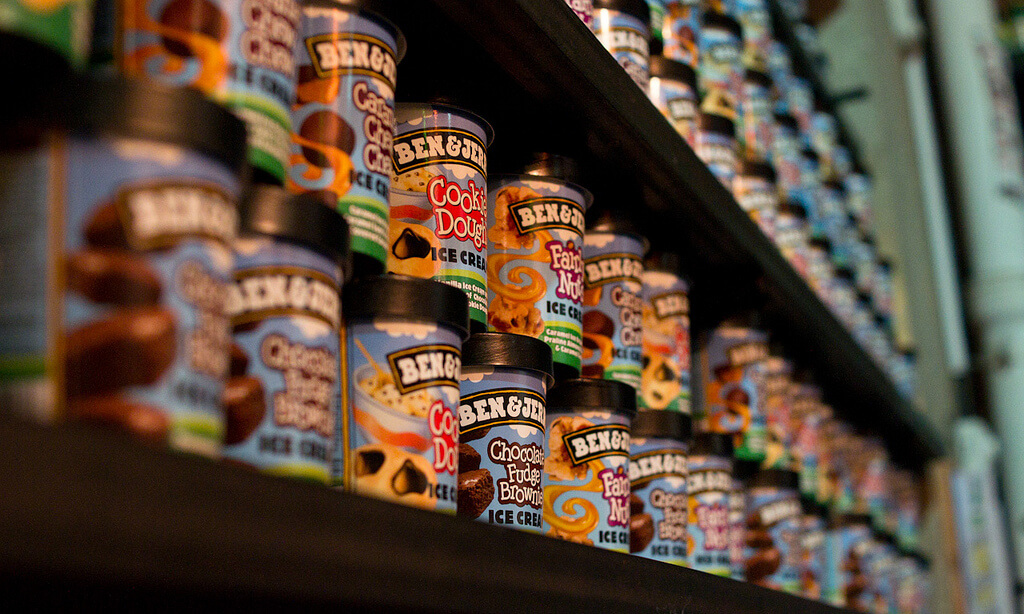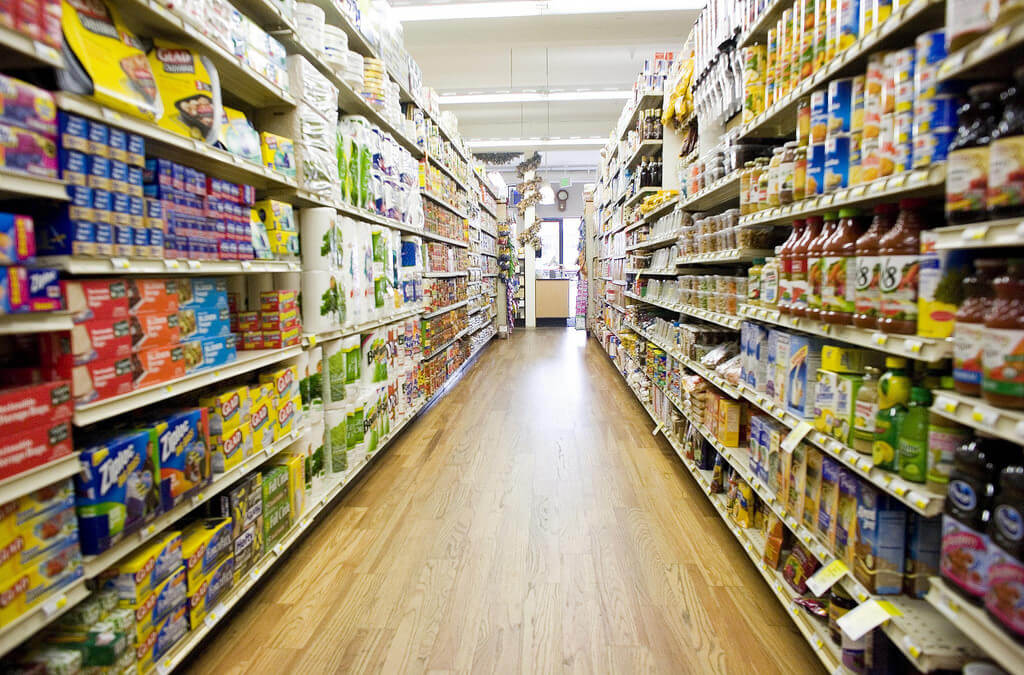In a perfect world, products would strictly be purchased based on superior quality. Unforutunately, this simply isn’t always able to be the reality. When it comes down to buying power, consumers often make decisions based solely on appearances. Why? We often just simply don’t have the time, or mental energy to look past the package while getting through tasks like grocery shopping.
Consider all those times you’ve been at your local convenience store and went in for your favorite candy, or gum, but didn’t see it on the shelves. Instead of leaving empty handed, you likely chose a competitor. What made you choose it? Most likely it was something about the design that spoke to you. Whether it was the simple design that was easy to interpret, or something about the color scheme that resonated, one thing is true. It likely wasn’t about the history of the company, or the quality of the product.
So how can you get your custom packaging for your product to stand out and catch the eye of your desired target market? Here are a few tips to get you started!
1. Your packaging should be consistent with your brand and actual product.
Consider your brand as the foundation for your packaging design. Can you incorporate fonts and colors from your logo and marketing material? Are there complementary colors? If you haven’t yet, working with a graphic designer to produce a style guide, or document outlining all of these rules and more, to maintain brand consistency might be the best place to start.
Another thing to consider with consistency is, if your packaging depicts your actual product in some way (such as a picture of the potato chips, or baked good on the bag itself), you have an ethical responsibility to make sure that the image your using is true to the product. Don’t use an overly edited version to try and sell it. At the end of the day, you’re just putting your brand at risk to a social media backlash.
Flickr/benjerry.fr
2. Focus on simplicity.
Less is more is absolutely the golden rule when it comes to custom packaging. While you might have only the best intentions when you try to cram in every detail about your product on the package to inform your potential buyer, chances are you’re just making them associate your brand with clutter and confusion. Study your market and figure out what your consumers want to know the most about your type of product. Keep the text down to just the name and a few keywords that resonate.
3. Find a way to be unique.
Do you find that all of your competitors are sticking to elaborate graphics and bright colors? This creates the opportunity for you to stand out on the shelf by using a simple illustration with cool pastels. While you’ll want to stay consistent to your brand, don’t be afraid to stray from the pack and find a creative way to stand out. This will require studying your top competitors’ packaging and working with a designer to create a great looking and one of a kind design.
4. Consider your shelf impact.
Shelf impact is a popular concept in retail and merchandising. This is the term used to describe how your product stands out while physically sitting on a shelf. Imagine a person walking down a grocery aisle with dozens of products and brands in sight. While walking at an average speed, the first thing that customer is likely to notice subconsciously is the pattern each product makes when in line on the shelf. Though your packaging should look great on its own, considering how it stands out when aligned in rows is also crucial.
Where are your eyes drawn in this next image? Take note of this on your next shopping trip.
Flickr/Thomas Hawk
5. Make sure your packaging maintains high usability.
Usability describes a products actual ability to be used in whatever way intended by the end user, or customer. If your packaging is just a box, it should be able to be opened relatively easy. If it’s some type of food item that needs to be poured in particular amounts (think large salt containers), adding in features like pour stouts that are reliable make a big difference. Nobody wants packaging with an overabundance of plastic and cardboard. Slim and easy to use designs that make your customer’s life easier could just be the reason they return to your product instead of seeking out a competitor.
If you’ve opened an Amazon Alexa recently you should be able to understand this one. The packaging maintains such a high usability that customers can pull just one tab to safely remove the entire unit, power chord, and even the instruction manual all at once. There’s no excessive amount of annoying tape, twist ties, or plastic and the product can quickly be accessed.
Here’s a video of an Alexa unboxing so you can see for yourself!
Designing custom packaging is no simple task, but taking the time to consider your brand and the customer experience will give you the tools you need to produce something great.
J&R Marketing is a full service branding and marketing company. Specializing in custom design, products and branding, contact us today for packaging consultation, design or manufacturing.







